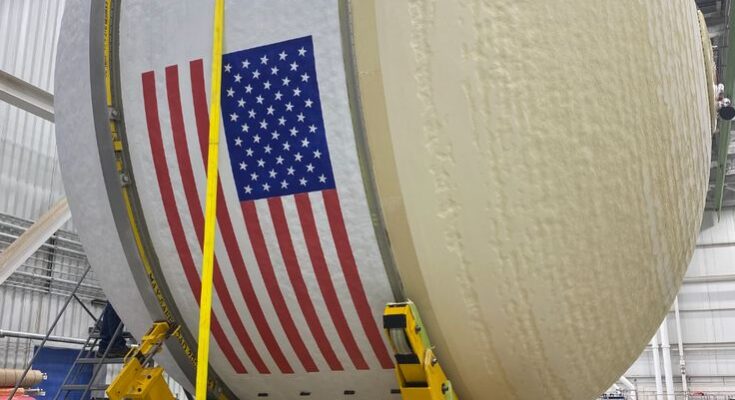In 2025, NASA’s Artemis II mission is poised to launch, marking a historic step in humanity’s exploration of the Moon.
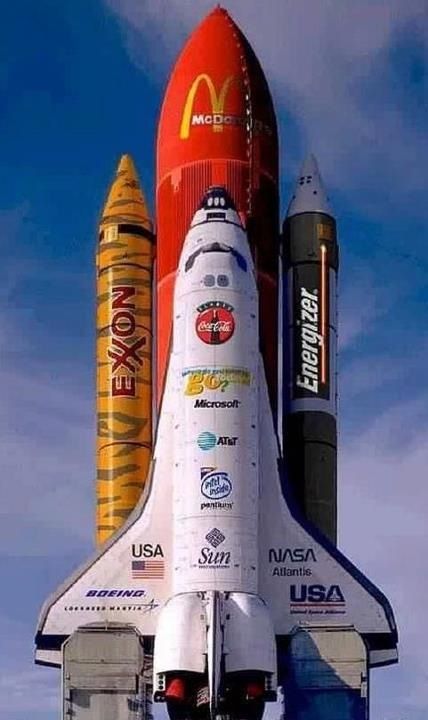
Artemis II will be the first crewed mission to orbit the Moon in over half a century, continuing NASA’s ambitious plans for lunar exploration under the Artemis program. This mission, which follows the uncrewed Artemis I test flight, is part of NASA’s broader goal to return astronauts to the lunar surface by 2029 and establish a sustainable human presence on the Moon by the end of the decade.
While Artemis II is not a moon landing, it will serve as a critical stepping stone for future lunar missions, ensuring that key systems, hardware, and protocols for human spaceflight beyond Earth’s orbit are ready for the more challenging Artemis III, which will bring astronauts back to the Moon’s surface. In this article, we will explore the significance of Artemis II, the technological advancements it represents, and its broader implications for the future of space exploration.
The Artemis Program: A New Era of Lunar Exploration
The Artemis program, named after the twin sister of Apollo in Greek mythology, is NASA’s flagship effort to return to the Moon and establish a lasting presence. The program is set to unfold in several phases, with Artemis I completing its first uncrewed test flight in late 2022, paving the way for Artemis II.
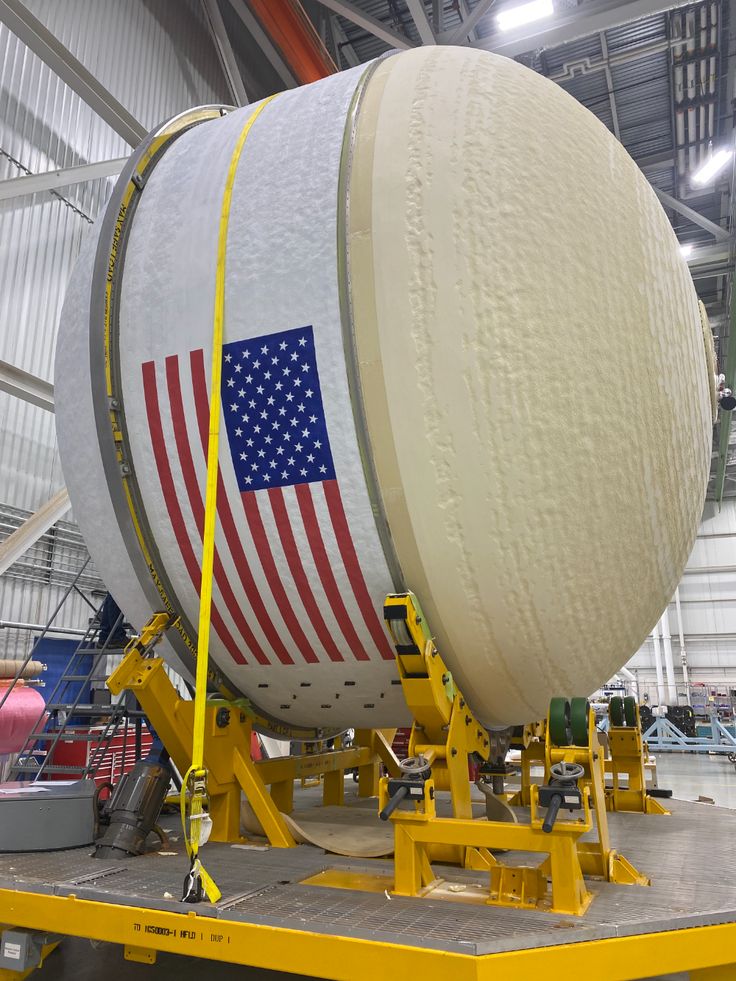
Artemis I was a critical success. The Space Launch System (SLS) rocket and the Orion spacecraft performed well in uncrewed tests, reaching deep space and orbiting the Moon before safely returning to Earth. The mission provided invaluable data, confirming the spacecraft’s capabilities and laying the groundwork for the upcoming Artemis II flight.
Artemis II will mark the first time humans travel beyond Earth’s orbit since the Apollo missions in the late 1960s and early 1970s. Its success will be a demonstration of NASA’s readiness to push the boundaries of human space exploration once again, following decades of reliance on the International Space Station (ISS) and unmanned probes to gather scientific knowledge about the Moon and other celestial bodies.
Key Objectives of Artemis II
Artemis II is primarily a mission of preparation and validation. The main objectives of this mission are to test the Orion spacecraft and the Space Launch System (SLS) rocket with a crew on board, as well as to prove that astronauts can live and work in deep space environments before proceeding with more complex missions.
- Crewed Test of Orion and SLS: While Artemis I demonstrated the hardware’s capabilities with an uncrewed flight, Artemis II will send four astronauts aboard the Orion spacecraft on a mission to orbit the Moon. The primary objective of this flight is to ensure that all systems—life support, navigation, communication, and propulsion—function properly with humans aboard. This mission will also test Orion’s heat shield during its re-entry into Earth’s atmosphere, one of the most challenging aspects of any spaceflight.
- Lunar Flyby: During Artemis II, the crew will embark on a lunar flyby, taking the spacecraft to the Moon and beyond. The Orion spacecraft will perform a “free-return trajectory”, a path that uses the Moon’s gravity to slingshot the spacecraft back toward Earth without requiring additional propulsion. This maneuver will test Orion’s propulsion systems and demonstrate the spacecraft’s ability to navigate in deep space.
- Deep-Space Operations: The mission will allow NASA to assess how astronauts cope with the challenges of deep space, including the effects of prolonged weightlessness, space radiation, and the psychological effects of being far from Earth for an extended period. Astronauts on Artemis II will spend around ten days in space, significantly longer than the ISS missions, which typically last six months.
- Validation for Artemis III: Perhaps the most significant aspect of Artemis II is that it will pave the way for Artemis III, the mission scheduled for 2029 that will return astronauts to the surface of the Moon. The success of Artemis II will provide critical data to inform the design of lunar landers, surface habitats, and surface operations required for landing on the Moon’s South Pole. This includes validating equipment such as spacesuits, rovers, and tools that astronauts will need to use in the lunar environment.
The Crew: A Diverse Group of Pioneers
NASA has selected a team of highly skilled astronauts to fly aboard Artemis II, each bringing a wealth of experience and a commitment to space exploration. The crew will consist of four astronauts, including both men and women, from diverse backgrounds. This marks a significant milestone in NASA’s effort to promote diversity and inclusion within its space programs.
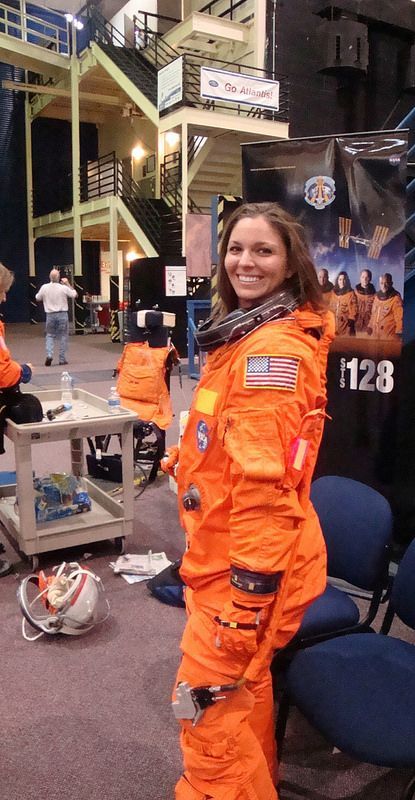
The Crew Members:
- Commander Reid Wiseman – A U.S. Navy captain and a veteran of two spaceflights, Wiseman will command the Artemis II mission. His experience includes a 165-day mission aboard the ISS and multiple test flights, making him well-suited to lead this historic mission.
- Pilot Victor Glover – Glover, a U.S. Navy commander and astronaut, will serve as the pilot for Artemis II. Glover has previously flown aboard the SpaceX Crew-1 mission to the ISS and has extensive experience in space operations.
- Mission Specialist Christina H. Koch – Koch is an electrical engineer and one of NASA’s most famous astronauts. She holds the record for the longest single spaceflight by a woman, having spent 328 days aboard the ISS. Her role as a mission specialist on Artemis II is crucial for testing the systems and technology designed for deep space exploration.
- Mission Specialist Jeremy Hansen – Hansen, a Canadian astronaut, rounds out the team. Hansen brings valuable experience from his background in space exploration, including participation in planning international missions and operating complex space systems.
This diverse and highly qualified team will be tasked with operating the spacecraft and carrying out experiments that will help inform future space exploration missions, not just to the Moon, but also to Mars and beyond.
The Technology Behind Artemis II
The Artemis II mission relies on a suite of cutting-edge technologies, which are among the most advanced ever developed for space exploration. The two key components of the mission—the Space Launch System (SLS) and the Orion spacecraft—have undergone extensive testing and development to ensure their success.
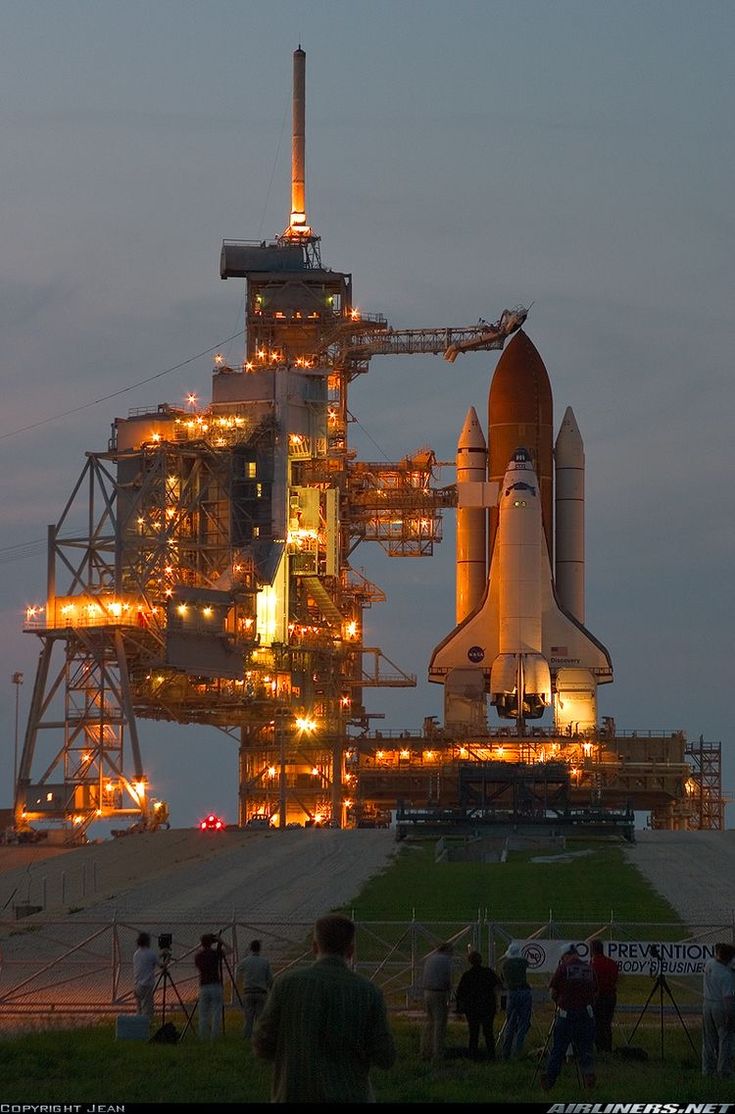
- Space Launch System (SLS): The SLS is a new heavy-lift rocket designed to carry astronauts aboard Orion on deep space missions. With its powerful boosters and main core stage, the SLS will be capable of sending astronauts beyond Earth’s orbit, including to the Moon and Mars. The SLS’s powerful engines will provide the necessary thrust to launch Orion into deep space, with the rocket designed to be reusable for multiple missions.
- Orion Spacecraft: The Orion spacecraft will be the vehicle that carries astronauts on their journey to and from the Moon. Orion has been designed with a crew of up to four astronauts in mind and is equipped with life-support systems, navigation systems, and a state-of-the-art heat shield that will protect astronauts during re-entry into Earth’s atmosphere. Orion is capable of staying in deep space for extended periods, making it the perfect platform for missions beyond low Earth orbit.
- Human Exploration and Lunar Technology: In addition to the core systems, Artemis II will test various technologies that will be essential for human exploration on the Moon. These include advanced spacesuits, new lunar landers, and rovers that astronauts will use to explore the lunar surface. The mission will also involve testing autonomous systems and robotics, which will play a key role in supporting future missions.
The Long-Term Vision: Beyond the Moon
Artemis II is more than just a test flight to the Moon. It is part of a broader vision for the future of human space exploration. NASA’s ultimate goal is to establish a sustainable presence on the Moon, focusing on the lunar South Pole, where resources such as water ice may be available for long-term habitation and fuel production. The knowledge gained from Artemis II and subsequent Artemis missions will lay the foundation for future human exploration of Mars.
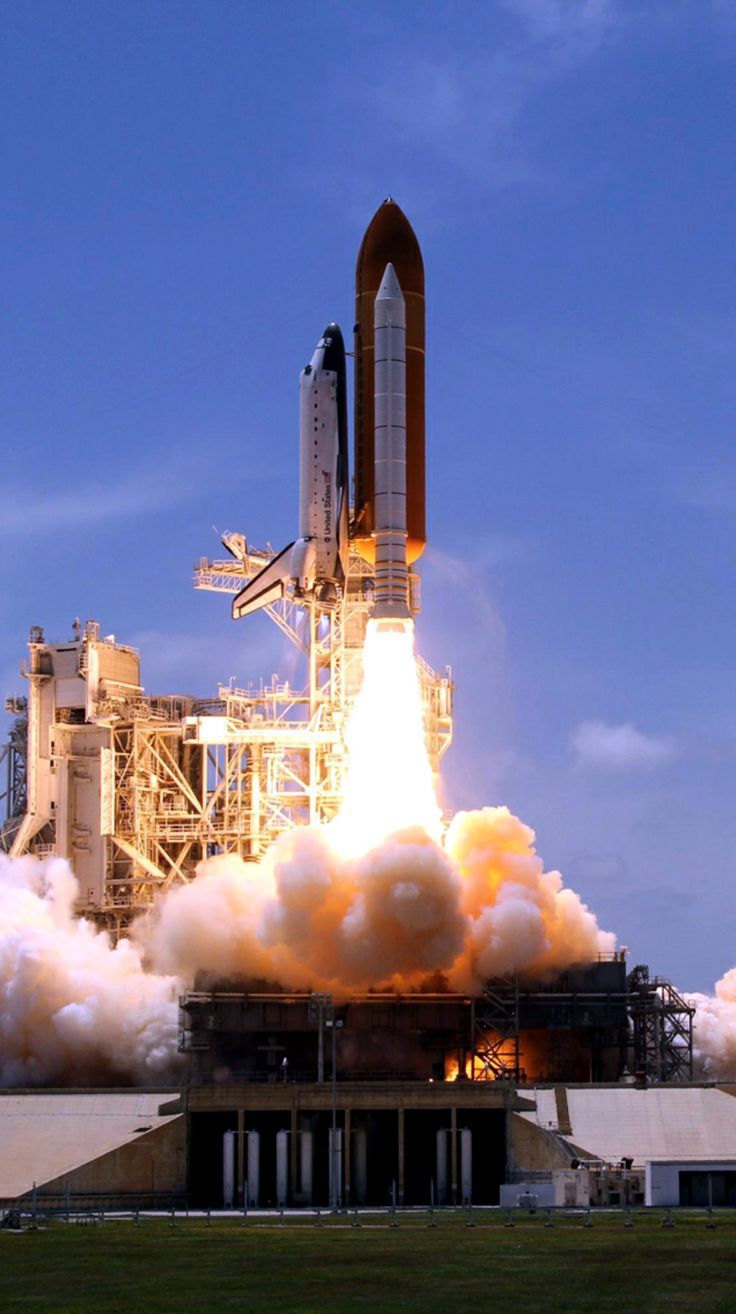
NASA is also working with international partners, including the European Space Agency (ESA), Japan’s JAXA, and the Canadian Space Agency (CSA), to develop the necessary technology and infrastructure for lunar missions. This collaboration is essential for achieving the goal of creating an international base on the Moon.
Conclusion: A Giant Leap Toward the Future
Artemis II represents not only a historic return to the Moon but also a bold step toward humanity’s future in space. By testing the limits of human spaceflight beyond Earth’s orbit, NASA is ensuring that we are prepared for the next era of space exploration, which includes permanent settlements on the Moon and eventual missions to Mars.

As the Artemis II mission prepares to launch in 2025, the world will be watching closely, as it marks the first steps toward an exciting new chapter in humanity’s quest to explore the cosmos. If successful, Artemis II will demonstrate the capabilities of both humans and technology in deep space and pave the way for a future where lunar exploration is not just a goal, but a reality.
